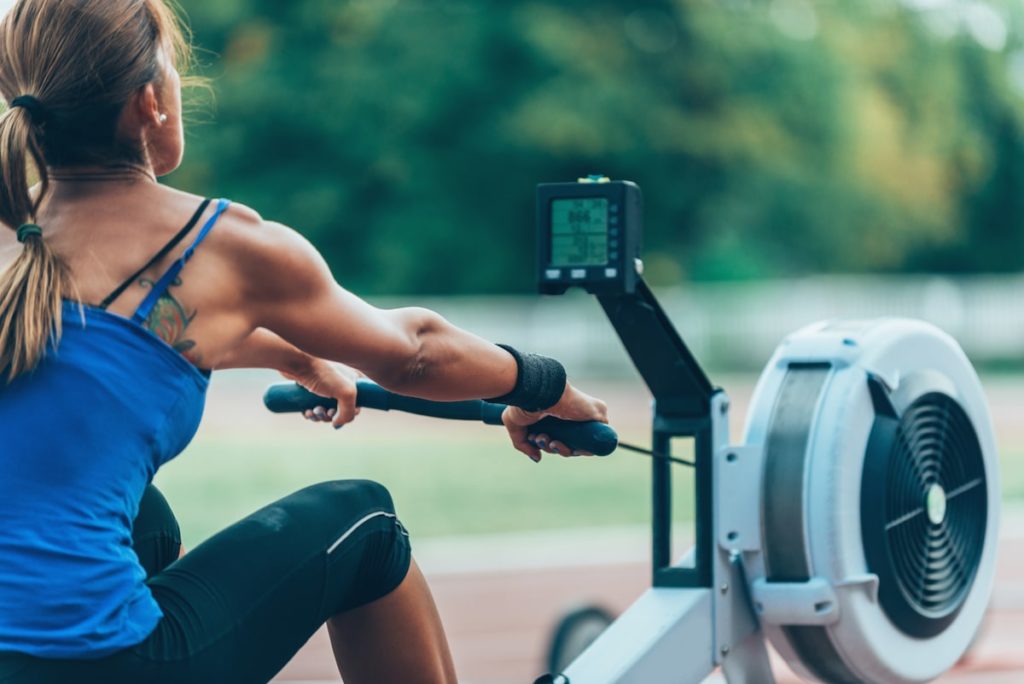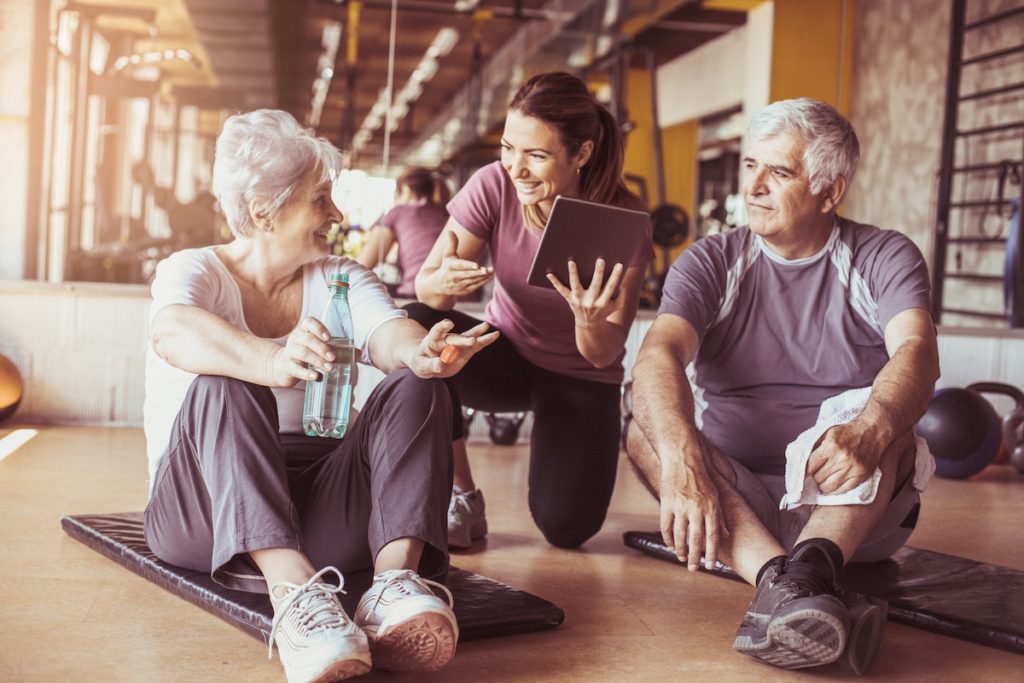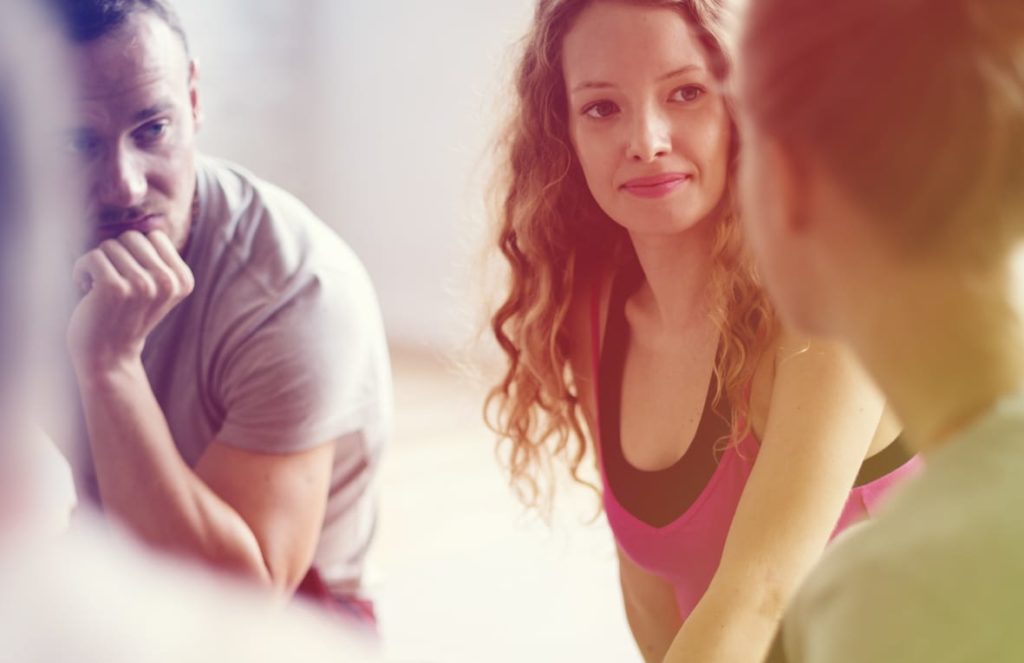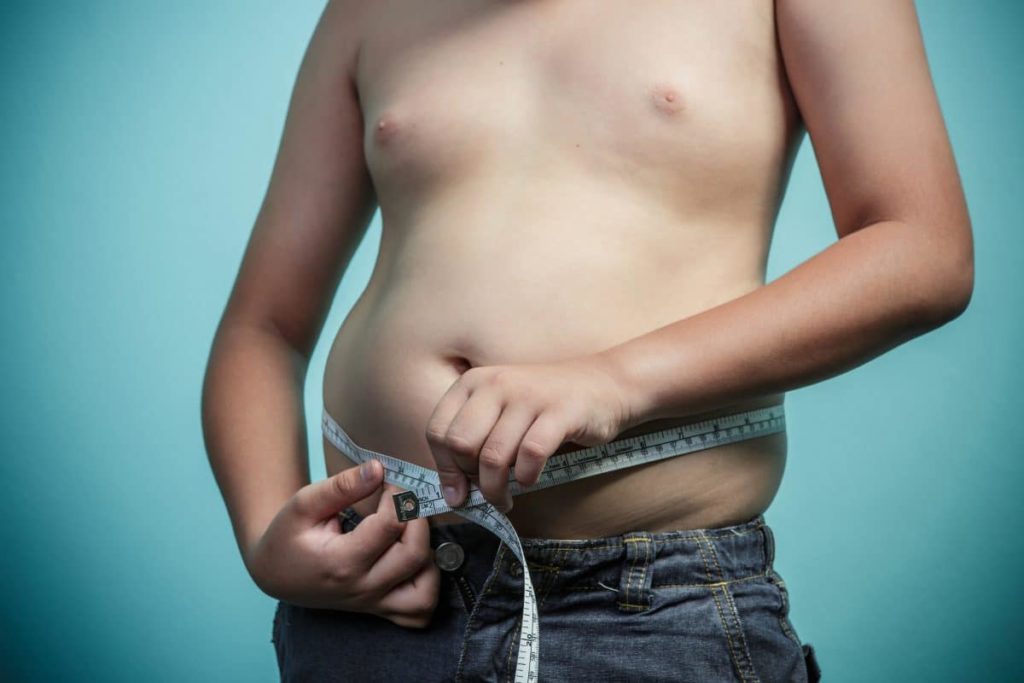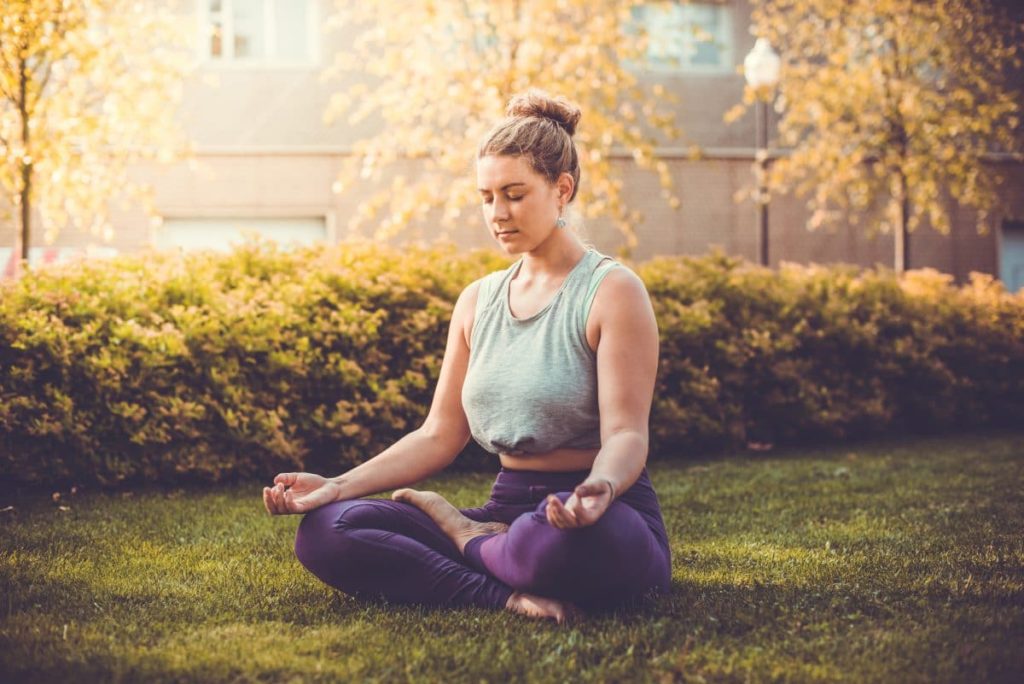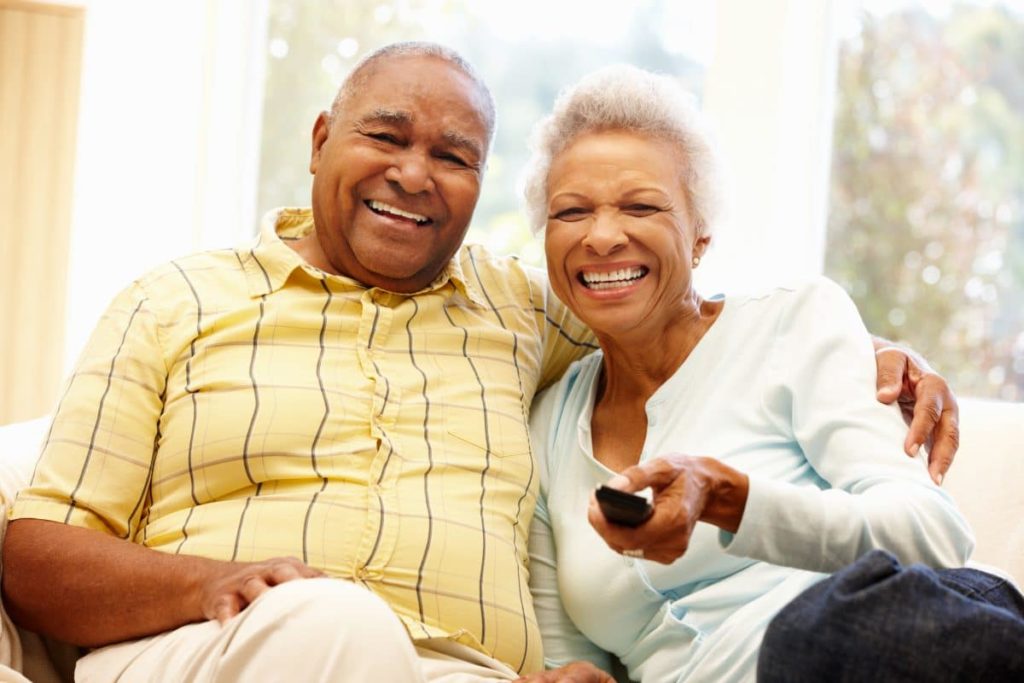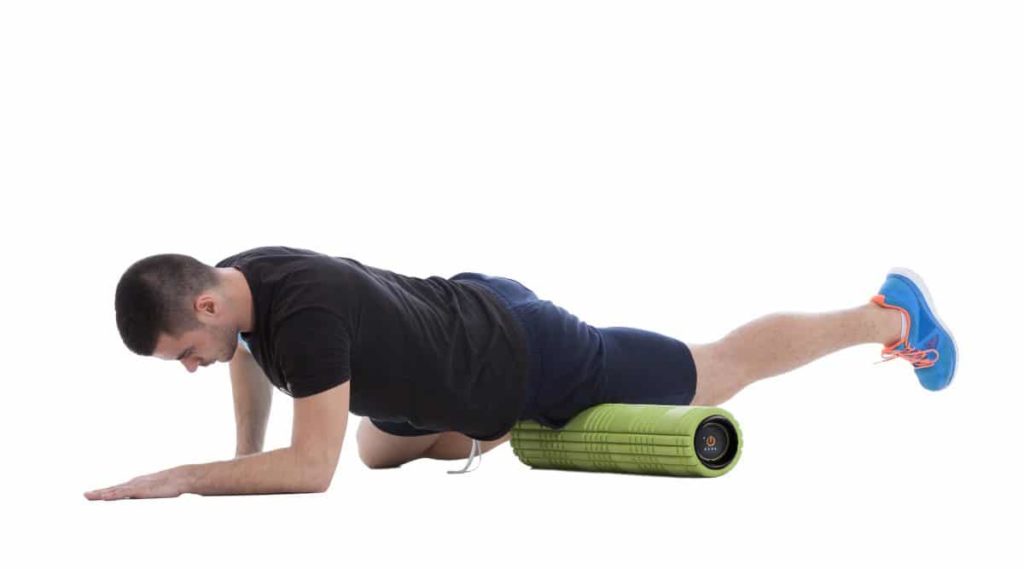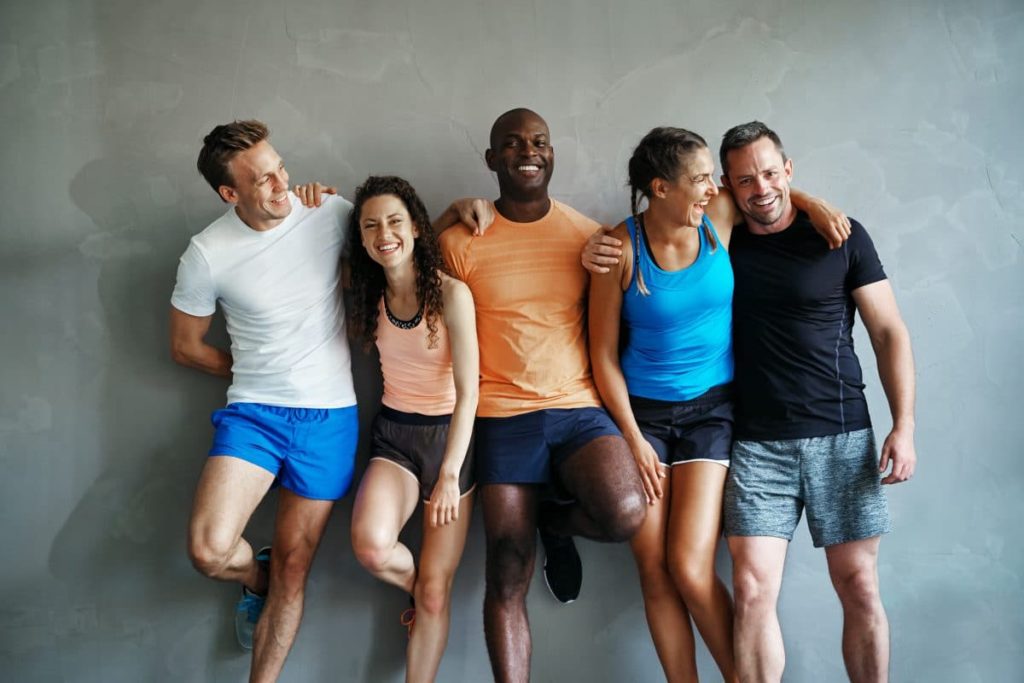Archive for October 2017
Your Epidermis Is Showing!
Some anatomy geeks get a kick out of asking unsuspecting people to name the largest system or external organ in the body. The answer: The integumentary system, of course, which includes the skin, hair, nails, and sebaceous and sweat glands (Springhouse 2002). Its main function is to protect the body from “the outside world” (bacteria, for example), but it also eliminates waste products, regulates body temperature and retains body fluids (AAAS 2017).
Read MoreRow Your Way to Health
Did you know that rowing has been a competitive sport for hundreds of years (and an official Olympic event since the modern Games began)?
At lower intensity levels, rowing is a great training tool. As long as rowing form is correct and efficient, people of all ages, sizes and abilities will enjoy better cardiovascular and muscular function from rowing regularly. Rowing can strengthen your aerobic system, making it easier to take care of kids, work around the house, use the stairs at work and race from one meeting to the next without running out of breath.
Sample Class: Tabata-Inspired Blast
The high-intensity interval training wave is still cresting, thanks to its positive metabolic effects and its ability to elicit results. HIIT raises the anaerobic threshold and creates excess postexercise oxygen consumption (EPOC), or oxygen debt. Simply put, metabolism stays elevated for longer after an intense workout than it does after low-intensity exercise.
Read MoreNo-Neck-Pain Abs
How often do you hear participants complain about neck pain when you teach core moves in your classes? For many people dealing with ongoing neck-positioning issues, this is a real struggle. No matter how effectively the head is supported, they still have issues with neck stress for various reasons, including lack of strength, natural biomechanics or previous injury. These constraints prevent some participants from getting the most from your core/abdominal workouts and may inadvertently limit overall core strength. However, you can support these participants by offering the right moves.
Read MoreGrowth Mindset and Exercise Adherence
The theory of growth mindset is all about seeking out challenges, learning from mistakes and knowing how to keep going forward when you stumble. And it’s crucial to helping a large percentage of your clients in your classes or sessions. After all, it’s not hard to retain confident exercise enthusiasts who love what you do.
Read More“How do you handle the situation when clients want to discuss political matters with you?
Handling political discussions during a training session can be tricky. Clients come to sessions stressed-out already, and talking politics does not help reduce their stress level. Living near Washington, D.C., many of my clients are involved in politics or hold positions that are severely affected by the new administration’s direction.
Read MoreTraining an Up-and-Coming Athlete
client: Lauren | personal trainer: Francesca Pucher, co-owner, Fitness 121 | location: Roseland, New Jersey
In search of progress. Lauren was just 13 years old when she first met Francesca Pucher, personal trainer and co-owner of Fitness 121 in Roseland, New Jersey. Lauren’s mom was working with Pucher and asked for some advice on how to help her daughter with her ice skating. She wondered if Lauren’s performance would improve if she incorporated some strength training into her weekly routine.
Read MoreEating Right: What the Science Says
Technology makes so much nutrition information available at the touch of a button that people get muddled about what, when and how much to eat. Case in point: A Google search of “intermittent fasting” yields a mix of criticism and rave reviews. Numerous varieties of intermittent fasting also pop up, adding to the confusion. How do you give your clients practical, evidence-based suggestions amid all these mixed signals? Below, experts weigh in with scientifically grounded advice on some
of your clients’ most pressing nutrition questions.
Healthy Holiday Recipes
Enjoy the season in a healthy way by cleaning up your diet and choosing some of these healthy holiday recipes.
Read MoreNutrition Ideas for Your Club or Studio
From small studios to nationwide club chains, fitness companies are finding ways to help clients get better at navigating their nutritional challenges. They’re doing things like
building smoothie bars,
convening healthy supper clubs with candlelight dinners,
bringing in chefs to provide cooking demonstrations, and
offering seminars with registered dietitians.
Lessons From 40 years of Dietary Guidelines for Americans
The history of the Dietary Guidelines for Americans (DGA) provides a fascinating glimpse into what has stayed the same (eat plenty of fruits and veggies) and what has changed (dietary cholesterol isn’t so evil after all) in the past four decades.
Issued by the U.S. Department of Agriculture (USDA) and the Department of Health and Human Services (HHS), the DGA have amassed immense influence since the first ones were published in 1980. All U.S.
New Way to Calculate Childhood Obesity
Over the years, experts have questioned the accuracy of body mass index scores, known as BMI “z-scores,” for estimating body fat percentages in kids (the z is specific to younger age groups and requires complicated calculations to get results). The criticism is that adolescent weight doesn’t scale with height, which can produce faulty data. Now, researchers claim to have discovered a new, more accurate formula for measuring body fat in kids aged 8–17.
Read MoreDo Rewards Encourage Gym Visits?
Researchers from Case Western University in Cleveland wanted to determine if providing gifts to new gym members would incite them to visit the gym on a regular basis. The scientists specifically chose new members, theorizing that this group’s motivation to go to the gym was high.
Read MoreMindfulness, Stress and Blood-Sugar Regulation
A Penn State University study found that women with overweight or obesity had significantly lower levels of stress and fasting glucose after participating in a mindfulness-based stress reduction [MBSR] program. Researchers evaluated the effects of MBSR on cardiometabolic outcomes in 86 women with overweight or obesity. The 8-week MBSR program—which consists of group training in mindfulness, stress reduction, mindful movement and meditation—includes weekly 2.5-hour sessions, one 6-hour retreat and a recommendation of daily home practice.
Read MoreTV Time a Threat to Mobility in Older Adults
To minimize their future immobility risk, older adults should cut television time and boost activity levels, says new research.
Scientists looked at data on 134,269 subjects aged 50–71 from six states over 8 years. The data included self-reported total sitting time, television viewing time and physical activity intensity, as well as health histories. At follow-up, study participants provided information on walking pace and mobility, indicating whether they were “unable to walk” or could keep up an “easy walking pace.”
Exercise Gives Women Instant Memory Boost
Do you have something important to remember? Study it first, and then take a short, light jog around the block. New science suggests that a memory will stick more easily if it’s followed up by a quick workout—if you’re a woman.
Read MoreSleep as Performance Enhancer?
For people who want to improve athletic performance, extra sleep may be critical. Sleeping even a modest amount more for 5 nights boosted the competitive advantage of professional baseball players enrolled in a study by researchers at the University of California, San Francisco.
In baseball, a fastball takes 400 milliseconds to move from pitcher to hitter, requiring almost immediate visual assessment and reaction by a batter. Investigators wanted to examine whether short-term sleep extension would affect the cognitive abilities required to perform this task.
Vibration Boosts Effects of Foam Roller
Traditional foam rollers have become widespread in the fitness setting. Recently, some manufacturers have added vibration technology to their products. Does the added element provide any extra benefit? Researchers from California State University Dominguez Hills in Carson, California, the National Academy of Sports Medicine in Chandler, Arizona, and Nova Southeastern University in Fort Lauderdale, Florida, wanted to find out.
Read MoreDoes Having a Higher Income Make You More Active?
Higher earners may have more resources to boost activity levels than lower-income people, but that doesn’t make the better-off less sedentary, says a recent study.
In this study, published in Preventive Medicine (2017; 103, 91–97), researchers compared the activity levels of subjects with an annual income of $20,000 to those of people making $75,000 per year or more. The 5,206 subjects wore accelerometers for a week. The main variables were household income and amount and intensity of physical activity. Here’s what the scientists found:
Exercise Intensity & Endorphins
Exercise is known to cause a release of endorphins. New research suggests that some forms of exercise are more effective at triggering a flood of the happy hormones than others.
This small study included 22 recreationally active men aged 21–36 years who completed three different protocols on separate days: a 60-minute moderate-intensity aerobic session, a high-intensity interval training (HIIT) session and a period of rest. The men underwent positron emission tomography, which measures endorphin release. They also reported on their moods throughout the intervention.

